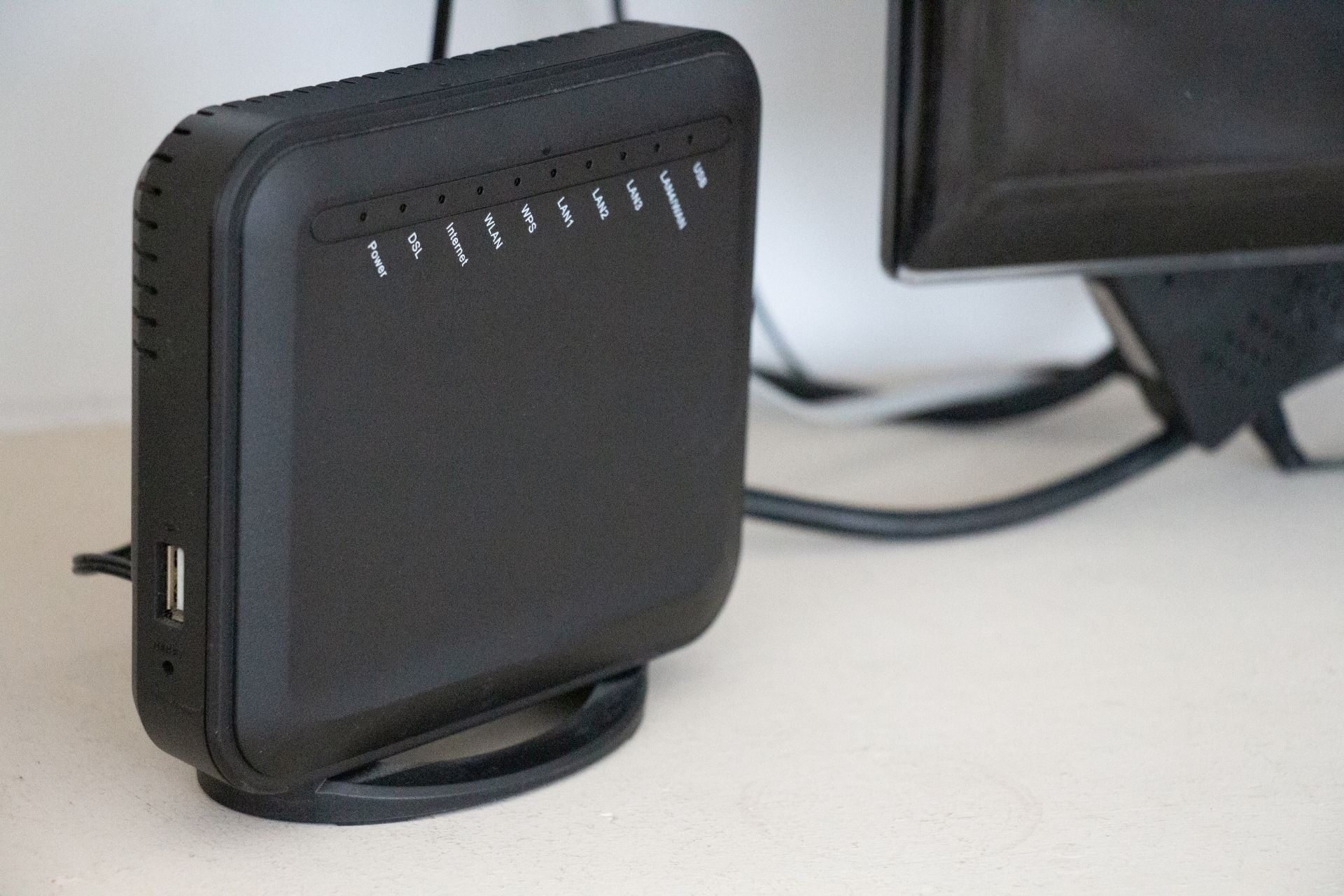Point of Presence (PoP) Locations
What are the key factors to consider when choosing a Point of Presence (PoP) location for a network?
When choosing a Point of Presence (PoP) location for a network, several key factors must be considered. These include the geographical location of the PoP in relation to the target audience, the availability of reliable power and network infrastructure, the cost of real estate and operational expenses, as well as the regulatory environment in the region. Additionally, factors such as network interconnection opportunities, access to skilled personnel, and potential risks like natural disasters or political instability should also be taken into account.
Network Infrastructure For Bulk Internet Services



